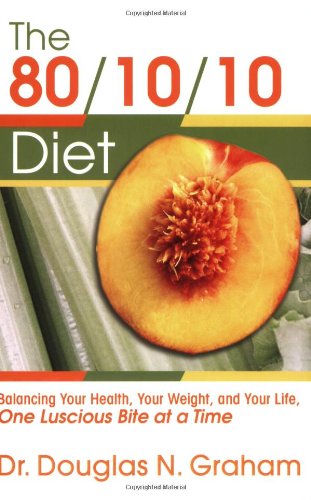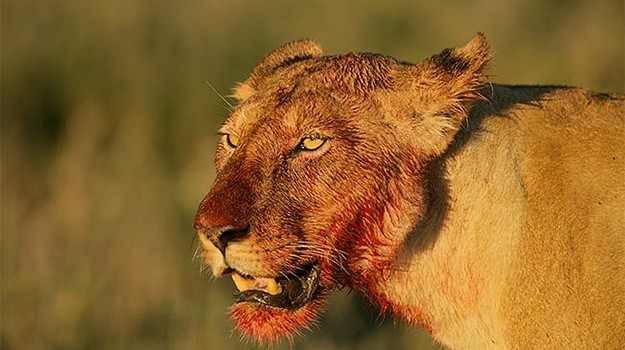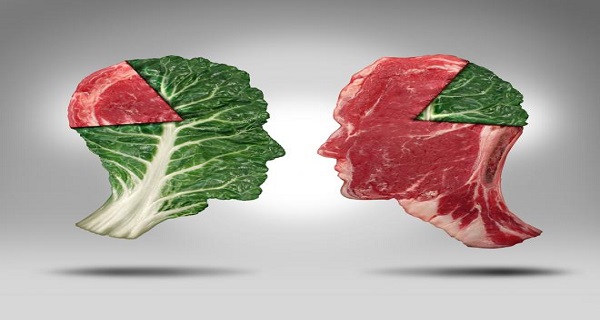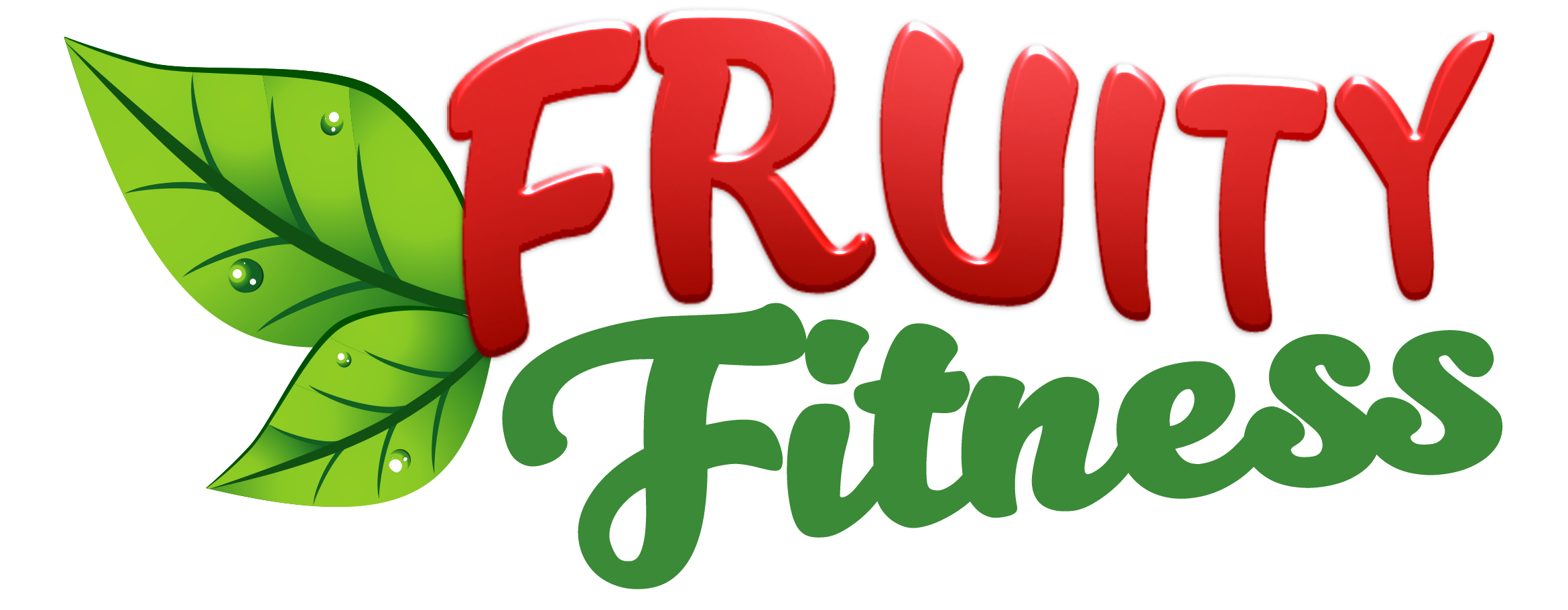This question usually sparks much debate and controversy. Yet it’s a question that is only ever asked by a few.
Most people eat the food their parents fed them, and continue to eat these foods to the day they die.
Most people buy foods from the supermarket that is packaged and sold with a story but yet they never question that story.
I certainly never thought to ask this question. It was something that never occurred to me. I was “that” sick kid, the one that had the asthma, eczema, allergies and food intolerances.
My mum brought me too many different doctors and they prescribed me every tablet and potion they could, but they could not help me.
They never once questioned the food I was being fed, nor did my parents. All the time I suffered every night scratching, sneezing, coughing and wheezing.
It seems so silly now when I look back but people didn’t really question what they ate years gone by, they just didn’t think how it could affect one’s health and vitality.
Thankfully times have changed and many more people are focusing on what they eat and how that affects them.
As an adult I carried on with my maladies, but I used to ignore them in my pursuit of the so called “party good times”, acne, arthritis, IBS and chronic fatigue all were ever present in my 20’s.
But I refused to be side-lined as the lure of the social scene was too hard to resist. I only stop to ask the question “what am I designed to eat” once my IBS became so severe it affected my every meal.
I got to the point where I literally couldn’t eat or digest anything, always being constipated and irritable. So I was sort of forced into thinking outside the box. Thankfully this happened as god knows where I would be now if it didn’t.
I had to read many books on nutrition, I even studied and qualified in clinical nutrition such was my desire to understand my body. Yet nutrition always seemed to be controversial, conflicting and complicated.

I tried many diets, herbs and fast but all seemed to fall short when it came to healing the body. It was only when I started to ask different questions I discovered a book written by Douglas N. Graham The 80/10/10. It’s a great book written extremely well giving a great case for the food a human-being is designed to eat.

Below are a few examples I have borrowed from the book to help you come to your own conclusion. You see the food we are designed to eat is not rocket science it basic logic.
We all intuitively know the answer we are just so caught up in the rat race we never give it much thought.
Let us suppose you were given a baby animal from a foreign land and you had no idea what it was and what food it was supposed to eat. How would you know what to feed it?
The answer is relatively simple.
All you would have to do is offer the creature many different types of whole, food in its natural state. That which it was designed for it would eat. It would likely ignore all the other items not even consider them as food.
The same technique would work with a human child. Put the child in a room with a lamb and an apple.
Sit back and watch to see which he plays with and which he eats. We can be fairly sure with the outcome. Try the same with fats versus fruits by offering a choice of natural raw unsalted nut, seeds, avocado or olives on the one hand and any fresh sweet fruit on the other.
Again we can safely predict that child will choose the sweet fruit.
So the answer to the question, what foods are humans designed to eat is quite simple. We are meant to eat fruits so that makes us Frugivores
Still not convinced? Please read on with an open mind and let your logic guide you.
Table of Contents
Aren’t we carnivores ?
Our anatomy physiology, biochemistry and psychology all indicate that we are not carnivores. Humans do not enjoy devouring bones, gristle, entrails, raw fat and flesh, and bits of hair and vermin.

Carnivores consume most of the animal, not merely the flesh, eating the muscle meat as well as the organs, lapping up warm fresh blood and other bodily fluids with gusto.
Most of us love animals as fellow creatures on earth. We do not salivate at the thought of crushing a rabbit with our bare hands and teeth, the thought of eating one in a freshly killed state is repulsive.
We kill our animals by proxy, finding actual carcass and corpse to be a thing of disgust. The vast majority of adults agree if they had to kill the animal in order to eat, they would not eat meat ever again.
We disguise animal flesh by eating only small cuts of muscle and some organ meats. Even then we prefer to cook them and camouflage them with condiments.
We disguise the reality of meat by changing the names of the foods from what they really are to something more acceptable.
We do not eat cow, pig or sheep, but rather eat mutton, pork, ham, beef, steak and veal. Its gets really weird when we distort reality even further by giving animal qualities to our natural foods.
Hence we refer to the “skin” of the fruit, eat its “flesh” of fruit, dig out the meat of the nut and even slice the cheeks or shoulders of fruit.
These allusions minimise the horror of eating true flesh, but those who have not been desensitised are still aware of it.
Evidence for Humans versus Carnivores
Walking
We have two feet and two hands and walk erect, carnivores walk on all four feet. Basic, right ?
Opposable thumbs
Our thumbs make us extremely well equipped to collect a meal of fruit in a matter of seconds. Picking fruit is easy for this reason. The claws of carnivores allow them to catch their prey in a matter of seconds. We could no more catch and rip the skin or tough flesh of a deer or zebra than a lion could pick mangoes or bananas from a tree.
Colon
Our convoluted colons are quite different in design from the smooth colons of carnivores
Intestinal length
Our intestinal tract measures roughly 12 times the length of our torso (30 feet approx.). This allows for the slow absorption of sugars and other water-borne nutrients from fruit. In contrast, the digestive tract of a carnivore is only 3 times the length of it torso. This is necessary to avoid rotting or decomposition of flesh inside the animals.
Vision
Our sense of vision responds to the full spectrum of colour, making it possible to distinguish from unripe fruit at a distance. Meat eaters do not typically see in colour.
Teeth
The molars of carnivore are pointed sharp. Ours are primarily flat, for mashing food. Our “Canine” teeth bear no resemblance to true fangs. Nor do we have a mouth full of them, as a true carnivore does.
Diet PH
Carnivores thrive on a diet of acid- forming foods, whereas such a diet is deadly to humans, setting the stage for a wide variety of disease states. Our preferred foods are all alkaline- forming.
Saliva and urine PH
All plant eating creatures (including healthy humans) maintain alkaline saliva and urine most of the time Saliva and urine of the meat eating animals, however, is acidic.
Stomach acid PH
The PH level of the hydrochloric acid that humans produce in their stomach generally ranges about 3 to 4 or (0 + most acidic, 7 neutral and 14 being most alkaline). The stomach acid of cats and other meat eaters can be 1+ range and usually runs in the 2’s. This means the stomach acid of carnivores is 10 times stronger than that of human and can be 100 or 1000 times stronger.
Digestive enzymes
Our digestive enzymes are geared to make for easy fruit digestion. We produce ptyalin-also known as salivary amylase-to initiate the digestion of fruit. Meat eating animals do not produce any ptyalin and have completely different digestive enzyme ratios.
As you can see from the above evidence that has been researched, Doug N. Graham is quite convincing, we are definitely not carnivores.
Are we Herbivores?
Doug N. Graham goes into this in more detail in his book, I’ve taken just a few examples for the ease of reading this blog.
Herbivores or vegetarians, are natural consumers of greenery such as grass, weeds, leaves, stalks and stems.
Or anyone who eats plant based foods.
Does foraging in nature for grass, leaves and weeds excite you? Do these items attract your eye, tantalise your sense of smell and excite your palate? Of course not, for the simple reason they cannot satisfy your needs.
You do not secrete cellulose or other enzymes that break down these plants as herbivores do.
Therefore you cannot derive your foremost need from them, sugar, which is our body’s primary fuel. The juicer is usually needed to gain fuel or minerals from such things as lettuce, celery and spinach.
The cruciferous vegetables (beets, broccoli, cauliflower, cabbage, collards and kale are usually boiled or steamed as eaten plain as they occur in nature would be tiring and quite unpleasant. The insoluble fibre is too difficult to digest.
I also agree with Doug Graham’s description of herbivores, although there is scientific evidence to back how many greens and starches can be quite beneficial to humans if cooked or juiced in the right way.
Doctor McDougal wrote a great book called the starch solution which gives much evidence how cooked starches can be quite beneficial to humans. Is it as nature intended? Obviously not. But do we live in nature? Obviously not.
Are they better than fruits? No not for me as I have been a fruitarian so I can give an honest unbiased opinion. I lived solely on fruit for 8 months. The results were quite staggering, but not without testing times and a leap of faith.
However long-term it wasn’t for me. There were many reasons for this but mainly I just got fed up of eating solely fruit. It requires a lot of planning, storing and thinking just to make sure you always have enough ripe fruit available.
To eat solely fruit you need to consume a hell of a lot of fruit each day, 3000 calories minimum. I will write a blog on why I chose not to proceed with the fruitarian diet. The pros and cons of the fruitarian diet living in the modern world or should I say real world.
Are we omnivores – that’s all the above?
In the book the 80/10/10 Doug N. Graham believes we are only omnivores in practice with aid of the cook stoves, condiments, seasoning and many spices. Believing in nature we can only eat raw and without technology and taste masking agents we would lose our omnivorous tendencies.
Well in practice we are omnivores, as every culture that has existed eats meat or consumes animal products. These traditions have been passed down through the centuries.
There is much more associated with food then merely nutrients and mineral content. Traditions, rituals and spirituality are all present when we break bread with friends and family. It’s what we do and it’s what I believe is hard wired in us regardless of the fruit nature has designed.
It doesn’t make it right but it’s what we have evolved into. It cannot be denied that since early man we have enjoyed the meats we have hunted, killed or recently bought.

Changing to a vegan diet because all the evidence says it’s the healthiest is not that straight forward in my opinion.
Even though the animals are being slaughtered at an alarming rate and the amazon rainforest is being decimated for this, I still believe it’s very hard to do living in the insane twisted western world.
Many vegan activist do a great job exposing animal cruelty but many are looked upon as nuts that think they are superior to the rest of the world. I am personally a vegan and wish the world was too, but I know that’s not practical.
People always seem to refuse such extreme views unless they are suffering a health crisis or their vanity leads them to the best diet. I focus on getting people healthy first and foremost, then I believe people are better able and equipped to see the truth for themselves.
But most people can’t see the woods through the trees, they are too caught up in the rat race. They don’t want facts.
They want to hear good things about their bad habits. But this blogs not about what we should be doing on a moral high ground, it’s about what we are naturally meant to eat, given the facts.
So we are frugivores by natural design
Frugivores are creatures that live primarily on fruits with the addition of tender greens. (This includes cucumbers, peppers, okra, zucchini and other squashes and eggplant)
- We have long limbs to climb trees.
- We have thumbs to help us pick and gather fruit.
- We have colour vision to see colourful ripe fruits.
- We are sweet seekers in nature preferring sweet to sour
Fruits convert their carbohydrate components into glucose and fructose, simple sugars we can use without further digestion. Enzymes in fruit convert proteins into amino acids and fats into fatty acids and glycerols. Thus, when we eat fruits, all we need to do is savor their goodness.
Our digestive physiology was designed to process the soft, water soluble fibres in fruits and tender leaves almost exclusively.
We have a symbiotic relationship with the trees, as we breathe out carbon dioxide which the tree consumes. The tree gives off oxygen which we consume to live.
The tree grows fruit which it wants us to pick and eat. Once we pick the fruit we walk along spitting out the fruit into fertile land for a new tree to grow, or we swallow the seeds and excrete them in fertile land for a new tree to grow. Poetry in motion. We are frugivores and the trees love it, a win/win for nature.

